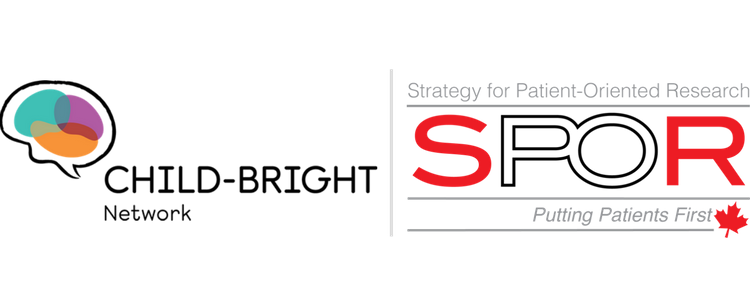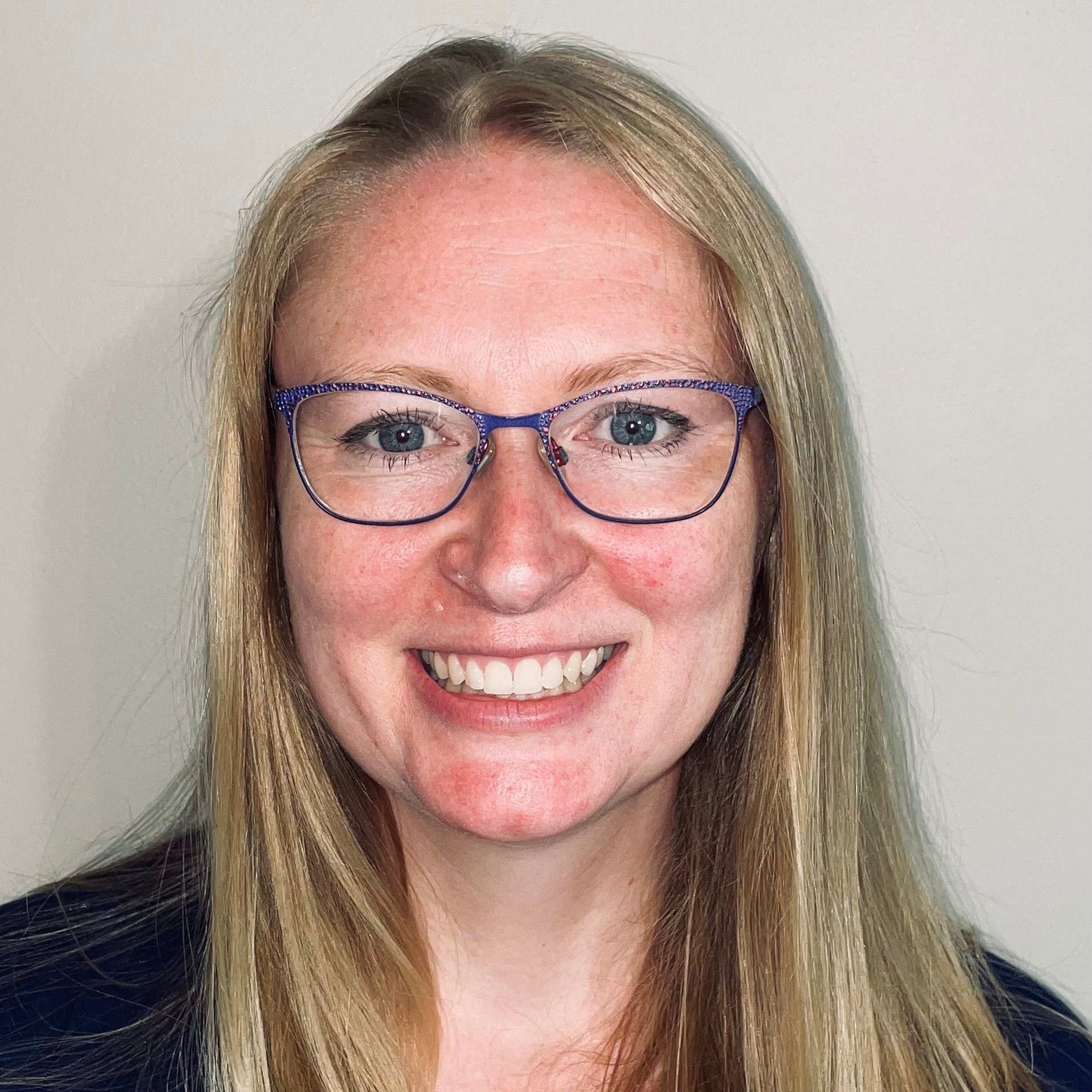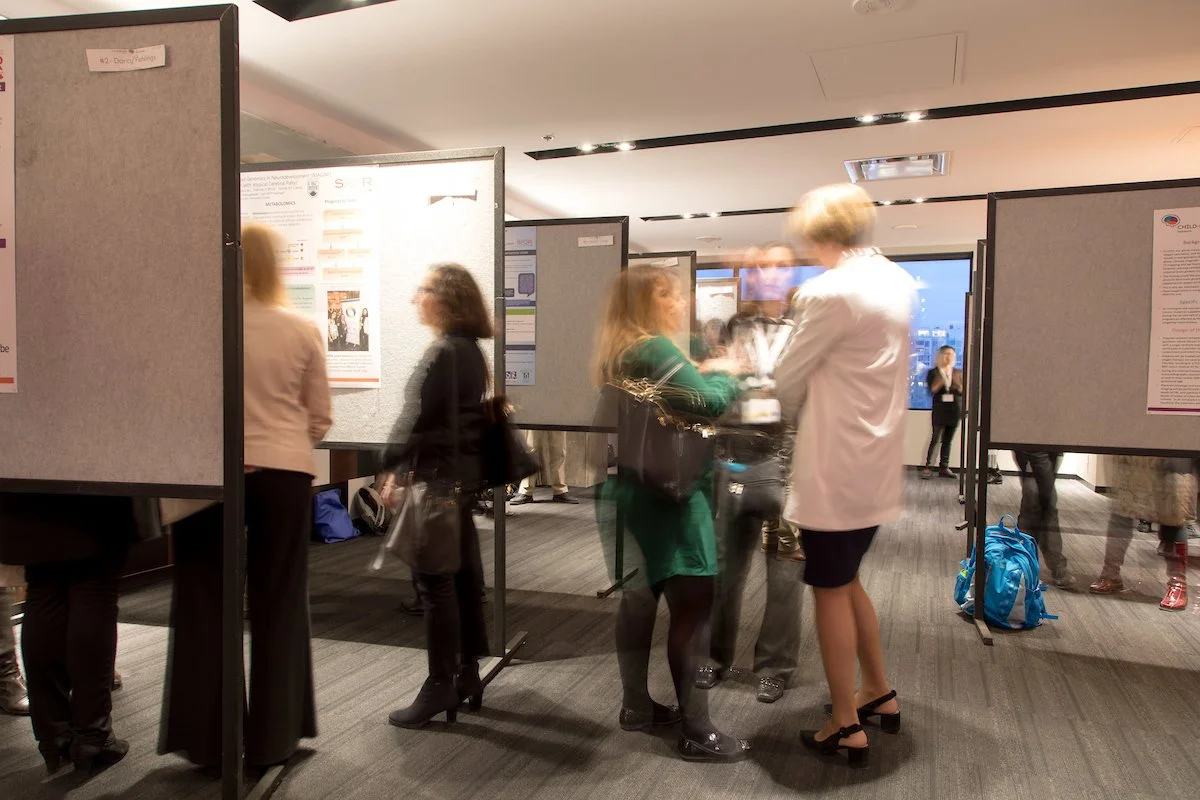As recently announced, the next phase of the CHILD-BRIGHT Network is being made possible thanks to a grant from the Canadian Institutes of Health Research (CIHR) under Canada’s Strategy for Patient-Oriented Research (SPOR), as well as matching funds from our generous partners. This support will allow us to grow from Network to Movement as we realize our mission for 2022-2026: moving our patient-oriented research into action through insight and methods grounded in implementation science and knowledge mobilization that embed the principles of equity, diversity, inclusion, decolonization and Indigenization.
In order to achieve this vision and become a movement for change for children and youth with brain-based developmental disabilities and their families, we have brought together experts from across Canada to lead our five patient-oriented programs.
Our Training & Capacity Building (T&CB) Program will continue developing capacity in patient-oriented research, with new training opportunities that will emphasize topics related to understanding and applying implementation science (IS) and knowledge mobilization (KM) methods and equity, diversity, inclusion, decolonization and Indigenization (EDI-DI) principles as they intersect with patient-oriented research. To lead these efforts, Phase 1 Scientific Co-Director and Training Program Lead Daniel Goldowitz will be joined by Celia Laur as T&CB Co-Lead.
Daniel Goldowitz
CHILD-BRIGHT Scientific Co-Director and Training & Capacity Building Program Co-Lead
Professor, Department of Medical Genetics
Senior Scientist, Centre for Molecular Medicine and Therapeutics
BC Children’s Hospital Research Institute (BCCHR)
University of British Columbia
Celia Laur
CHILD-BRIGHT Training & Capacity Building Program Co-Lead
Scientific Lead, Office of Spread and Scale
Women’s College Hospital Institute for Health System Solutions and Virtual Care (WIHV)
Assistant Professor (Status), Institute for Health Policy, Management, and Evaluation; University of Toronto
We sat down with Dan and Celia to learn more about the T&CB Program’s plans for Phase 2:
WHAT IS YOUR PROGRAM’S MANDATE?
Daniel Goldowitz: The role of the T&CB Program is to design and host opportunities like studentships, fellowships, and mentorships, to meet IS, KM, and EDI-DI training gaps within the network.
In Phase 1, the Training Program made great strides in training our members in patient-oriented research (POR) and building POR capacity. We did so by hosting webinars and workshops exploring the practical application of POR, offering patient-oriented summer studentships and graduate fellowships, and funding innovative POR approaches using our special award offerings, such as the Training Innovation Fund and Collaborative Mentorship Grant. Externally, we co-created a National Training Entity, which is now supported by CIHR. We also worked with BC and Ontario SPOR SUPPORT Units to create self-paced training modules in pediatric POR.
Celia Laur: Building on what Dan said, we have three main goals for Phase 2. Firstly, we’ll develop capacity throughout our network so our members can apply the basic concepts of equity-informed implementation science to POR findings to help improve care and outcomes for children with brain-based developmental disabilities and their families. Secondly, we will develop capacity for our members to embed tenets of EDI-DI throughout POR projects to ensure that knowledge mobilization is informed by, and maximally benefits our diverse patient population. Finally, we will develop mentorship initiatives that train our research project teams to develop sustainability plans and implementation strategies to move research findings into practice.
HOW DO YOU PLAN TO ACCOMPLISH THIS? WHAT ARE THE MAIN TOOLS (CONCEPTS, FRAMEWORKS) THAT WILL BE USED TO FURTHER THIS MANDATE?
CL: We will create learning and funding opportunities to enhance our approaches to IS and KM and increase our capacity in EDI-DI. These will include webinars, self-paced learning modalities, scholarships, fellowships, mentoring, and coaching strategies. They will be tailored to relevant audiences and adapted to different competency levels. We will also leverage existing resources and collaborate with other organizations to develop training outputs that can be widely shared and disseminated across all SPOR entities.
HOW WILL YOUR PROGRAM MEANINGFULLY ENGAGE PATIENT-PARTNERS?
DG: The effort of the T&CB Program is guided by a committee comprised of multiple stakeholders who provide a diversity of perspectives. Critical to our approach is listening to the voices of our committed patient-partners who serve on this committee and are integral to developing all the exciting training and funding opportunities that we offer. Looking ahead into the new phase of the network, we are excited to not only cultivate a strong collaboration with the EDI-DI team, but to welcome new patient-partners to the T&CB Program committee to ensure that our efforts better serve historically underrepresented groups.
CELIA, TELL US MORE ABOUT YOU. WHAT MOTIVATED YOU TO TAKE ON THIS LEADERSHIP ROLE WITH CHILD-BRIGHT?
CL: I’m an early career investigator, implementation scientist and health services researcher, so was very pleased to have the opportunity to work with this national network at a time when they are increasing their focus on putting knowledge into practice. Joining the T&CB Program aligns with my personal interests in capacity building and implementation science and my role with the Office of Spread and Scale at Women’s College Hospital. It also provides me the opportunity, in my own small way, to support children with brain-based developmental disabilities and their families.
DAN, WHAT LEARNINGS FROM PHASE 1 WILL YOU BE LEVERAGING IN PHASE 2?
DG: In Phase 1, I think we did an excellent job in training our students, fellows, family members and researchers. In Phase 2, we would like to build on the lessons learned and successes and then move our efforts to the larger community.
WHY IS IT IMPORTANT TO FOCUS ON TRAINING & CAPACITY BUILDING IN PATIENT-ORIENTED RESEARCH NOW?
DG: Patient-oriented research is still a very new initiative in the health care system, so continued efforts in this direction will serve to have a larger number of practitioners. With Phase 2, we are introducing IS, KM, and EDI-DI. These may be new concepts to many of our members and to the larger community, so it is important to help folks be aware of what these concepts mean, and how they support our efforts to support kids with neurodevelopmental disabilities.
CL: To add to Dan’s point, each of these areas are interconnected and complement each other. We want to encourage people to learn about these areas together and see what make the most sense for each team to have the widest impact, particularly for embedding the principles of EDI-DI through the network.
WHAT ARE YOU MOST EXCITED TO SEE IN PHASE 2?
DG: It is like a new journey and therein lies the excitement, like we are on a sailing vessel that we have seen to be seaworthy. We’re now preparing the ship for the continuation of our voyage to exciting new lands.
CL: To continue Dan’s analogy, I’m excited to be a new passenger on this ship! I’m looking forward to meeting people throughout the network and finding ways for us to all learn together.
Thank you, Dan and Celia, for this insight into the Training & Capacity Building Program!
If you have any questions about the plan for the T&CB Program in Phase 2, reach out to Program Coordinator Pierre Zwiegers.










